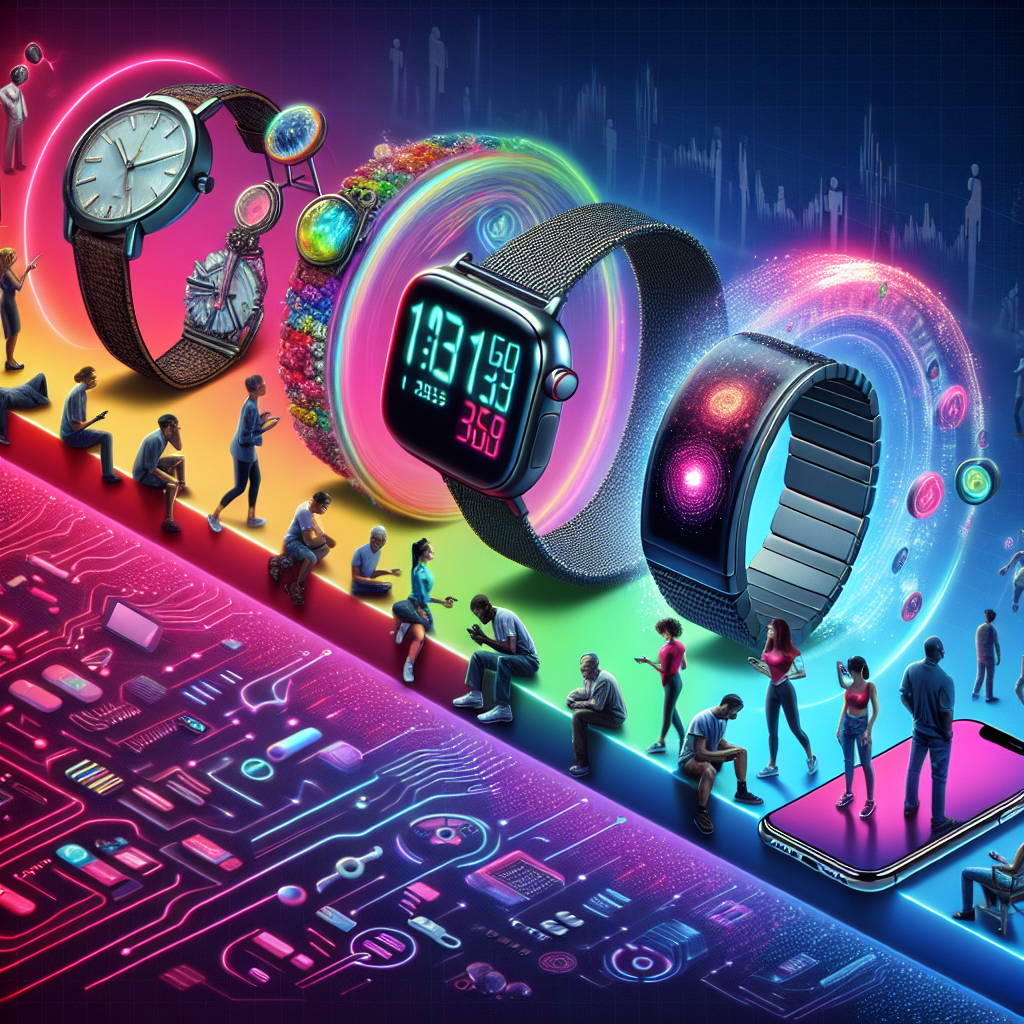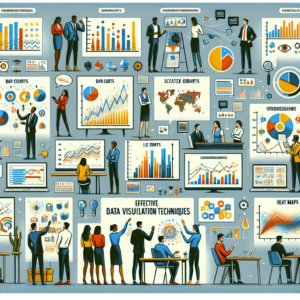===
In today’s world, digital technology has become an inseparable part of our lives. One such technological advancement that has seen significant growth and development is wearable technology. This article aims to explore the evolving landscape of wearable technology, tracing its humble beginnings, examining the current trends and innovations, and predicting the future of this digital revolution.
Unraveling the Concept of Wearable Technology
The concept of wearable technology refers to electronic devices that are incorporated into items of clothing or accessories, which can be worn on the body. These devices are designed to perform a range of tasks, from the basic function of telling time, to complex tasks such as monitoring health parameters or even controlling home appliances. The unique feature of wearable technology is its ability to seamlessly integrate technology into our daily lives, making it less obtrusive and more efficient.
The wearable technology landscape is broad and diverse, featuring devices such as smartwatches, fitness trackers, augmented reality glasses, wearable cameras, and even smart clothing. These devices serve multiple purposes like fitness tracking, communication, navigation, and entertainment. The rise of wearable technology is attributed not only to its convenience but also to its potential to transform various industries, from healthcare and fitness to fashion and entertainment.
Wearable technology, however, is not without its challenges. Issues related to data privacy, battery life, device compatibility, and user interface design are some of the hurdles that developers and manufacturers need to overcome in order to broaden the appeal and application of wearable devices.
Tracing the Evolutionary Path of Wearable Devices
The evolution of wearable technology dates back to the 1960s, starting with the advent of calculator watches. However, it was not until the 21st century that wearable devices began to gain significant attention and popularity. The release of Bluetooth headsets in the early 2000s marked a key milestone in the history of wearable technology, as it set the stage for wireless communication.
The subsequent years witnessed the launch of many innovative wearable devices, with pioneering companies like Fitbit and Apple entering the scene. The introduction of Fitbit’s fitness trackers and Apple’s smartwatches revolutionized the way people interact with technology, making it more personal and accessible.
The evolution of wearable technology has also been influenced by advancements in sensor technology and the Internet of Things (IoT). The integration of sophisticated sensors into wearable devices has enabled them to capture and provide valuable data in real-time, thereby enhancing their functionality and usability.
Wearable Technology: Current Trends and Innovations
The current trends and innovations in wearable technology reflect its transition from mere gadgets to tools that can significantly improve the quality of life. One of the notable trends is the growing focus on health and wellness. Wearable devices today are capable of monitoring various aspects of our health, from heart rate and sleep patterns to blood sugar levels and stress.
Innovations in wearable technology are also making strides in the area of virtual and augmented reality. Virtual reality headsets and augmented reality glasses are transforming the way we experience digital content, offering immersive and interactive experiences.
Another trend shaping the wearable technology landscape is the development of smart clothing. From shirts that can measure biometrics to jackets that can control smartphones, smart clothing merges fashion and technology, paving the way for a future where our clothes could be as smart as our phones.
Summary: Mapping the Future of Wearable Technology
As we look ahead, the future of wearable technology appears promising and full of potential. With advancements in artificial intelligence and machine learning, wearable devices are expected to become more intelligent and personalized, delivering tailored experiences to users.
The healthcare sector, in particular, is set to witness a transformation with the rise of wearable technology. Wearable devices could play a crucial role in preventive healthcare, enabling early detection of diseases and helping in efficient management of chronic conditions.
Finally, as wearable technology continues to evolve, it is expected to foster the development of a truly connected world. By seamlessly integrating technology into our daily lives, wearable devices hold the potential to redefine our interaction with the digital world, making it more intuitive and engaging.
===
In conclusion, the evolving landscape of wearable technology is a testament to the remarkable strides made in digital innovation. As we move forward, wearable devices are set to play an increasingly important role in various aspects of our lives, transforming the way we communicate, stay fit, and even the way we dress. Despite the challenges, the future of wearable technology promises to be exciting and transformative, heralding a new era of digital integration.











